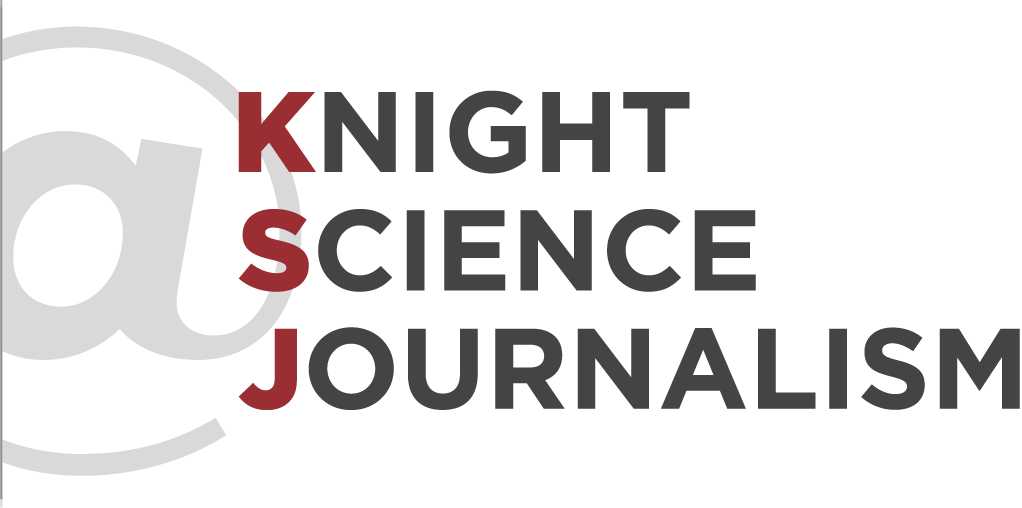 A new MIT report declares that unless coal miners and burners — mainly utilities — get their hands around CO2 sequestration the industry may find itself regulated, and outcompeted, into obscurity. But if a way is found to bury or otherwise recapture and isolate such emissions, coal would suddenly become part of the solution to climate change catastrophe worries.
A new MIT report declares that unless coal miners and burners — mainly utilities — get their hands around CO2 sequestration the industry may find itself regulated, and outcompeted, into obscurity. But if a way is found to bury or otherwise recapture and isolate such emissions, coal would suddenly become part of the solution to climate change catastrophe worries.
The report may boost introduction to the attentive public a set of initials already employed by GHG (greenhouse gas) insiders: CCS, for carbon capture and sequestration. The report is getting plenty of attention. It also is more fuel for the drift of climate and energy stories into biz sections. Industry, it appears, must do the heavy lifting to get this job done. (Hi res of illus here).
Inside NYTimes biz section, Matthew Wald uses the new report as context for a preview of an Ohio utility’s plant-scale test of a new CCS system; Scientific American News’s David Biello had a full account of the MIT report out yesterday and stresses the enormous volume of fossil fuel-related CO2, even in liquid form or trapped in solid compounds, that must be intercepted before they contaminate the world’s air. On AP, H. Josef Hebert picks up the report’s tone by forecasting a “bleak future” for coal without serious CCS installation;
Of interest: below in the Grist for the Mill is a press release/news account from the US State Dept. boosting the report. Just guessing here, but it appears crafted to tell fast-growing nations such as China and India that the US expects them to factor CSS into their plans for wealth and prosperity.
Other stories:
Boston Globe John Donnelly leads with the report’s recommendation for legal caps on carbon emissions as a spur to CSS; Reuters Timothy Gardner; Christian Science Monitor Mark Clayton with a nice lede: Shoult the US bury global warming?; Western Mail (Wales) cites the report in a story (no byline) forecasting new, “green” coal;
Grist for the Mill: MIT Press Release; Whole eight-chapter report here. US State. Dept INFO release;
(Speaking of MIT: For a pretty good snapshot of the sort of high-level work underway at a front ranked research university, glance through the whole MIT TechTalk for March 14. It includes its account of the coal study and a good deal more. The clear lasting impression, such as in the p. 4 story on quantum information theory, is that an awful lot of fascinating, but really hard, stuff rarely makes it into mainline media and most online outlets’ science coverage.)
Related News: Raleigh News & Observer Mar. 8 John Murawski reported an upcoming test by Duke Energy in Kentucky, with Dept. of Energy support, of pumping CO2 into geological formations. Duke Energy is under pressure, it says here, to reveal estimated costs of adding sequestration systems to future coal plants.


Leave a Reply